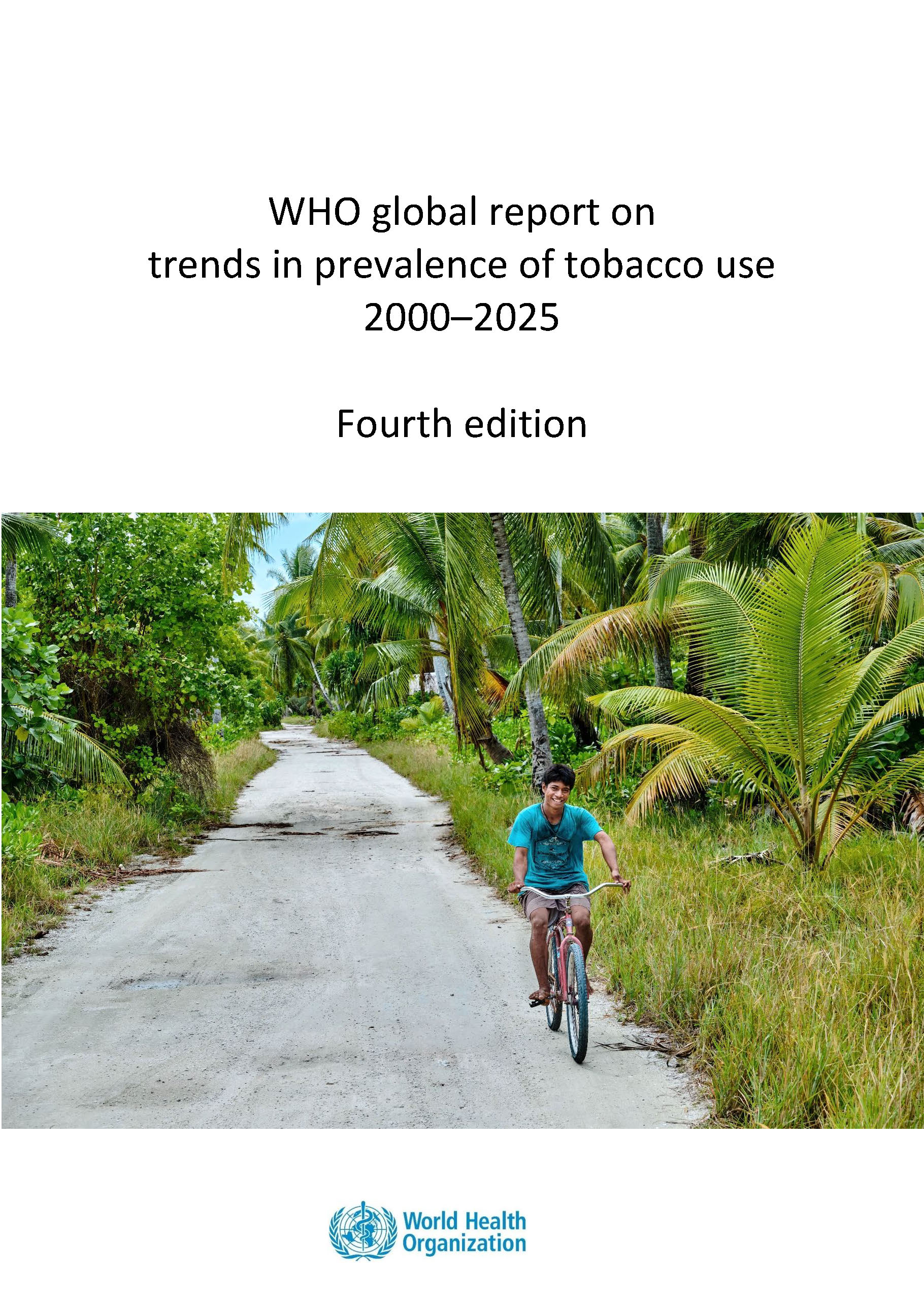
17 November 2021 | WHO’s latest report on trends in prevalence of tobacco use 2000-2025, fourth edition shows that there are 1.30 billion tobacco users globally compared to 1.32 billion in 2015. This number is expected to drop to 1.27 billion by 2025. Sixty countries are now on track to achieving the voluntary global target of a 30% reduction in tobacco use between 2010 and 2025. Two years ago, only 32 countries were on track.
Millions of lives have been saved by effective and comprehensive tobacco control policies under the WHO Framework Convention on Tobacco Control (WHO FCTC) and the MPOWER measures to reduce the demand for tobacco – a great achievement in the fight against the tobacco epidemic. The report urges countries to accelerate implementation of the measures outlined in the WHO FCTC to further reduce the number of people at risk of becoming ill and dying from a tobacco-related disease. The report and the investment case are released right after the ninth session of the Conference of the Parties (COP9) and during the second session of the Meeting of the Parties (MOP2) to the Protocol to Eliminate Illicit Trade in Tobacco Products. Delegates met to counter the ambitions of the tobacco industry to keep millions hooked on its products, as recent evidence also shows that the tobacco industry used the COVID-19 pandemic to build influence with governments in 80 countries.
Key findings of the WHO Global report on trends in prevalence of tobacco use 2000–2025
Prevalence: In 2020, 22.3% of the global population used tobacco, 36.7% of all men and 7.8% of the world’s women.
Target: Currently, 60 countries are on track to achieve the 30% tobacco use reduction target by 2025. Since the last report two years ago, two other regions – the African and South-East Asian regions - have now joined the Americas region on track to achieve a 30% reduction.
Children: Approximately 38 million children (aged 13–15) currently use tobacco (13 million girls and 25 million boys). In most countries, it is illegal for minors to purchase tobacco products. The goal is to achieve zero child tobacco users.
Women: The number of women using tobacco in 2020 was 231 million. The age group with the highest prevalence rate among women for tobacco use is 55–64 years old.
Highlights from the WHO Eastern Mediterranean Region
Prevalence: Around 19% of adults in the Region are current tobacco users – approximately 92 million users, of which 82 million are men and 9.5 million are women. Four out of the six countries in the world where tobacco use is increasing are in this region (Egypt, Jordan, Lebanon and Oman).
Target: Only one country in the Region (Pakistan) is on track to reach the 30% tobacco use reduction target by 2025.
Conclusion and way forward
The latest tobacco trends report shows a slight decrease in the prevalence of tobacco use in WHO’s Eastern Mediterranean Region. This is a promising yet volatile development – as countries must continue to accelerate implementation of the measures outlined in the WHO FCTC to keep the momentum going long after this report. Countries must also step up their efforts to monitor tobacco use and prevention policies as data from five years back are insufficient and uneven in some of the countries in the region compared with other WHO regions. In summary, WHO urges countries to:
accelerate implementation of effective and comprehensive tobacco control policies under the WHO FCTC and the MPOWER measures to reduce the demand for tobacco in order to achieve the 30% tobacco use reduction target by 2025.
implement plain packaging on all tobacco products to end product attractiveness, particularly among children and young people.
regularly monitor tobacco use and prevention policies at national level among different age groups.
engage all relevant stakeholders in tobacco control, including civil society groups.
Related links
WHO global report on trends in prevalence of tobacco use 2000-2025, fourth edition








